Consider these tips before installing an irrigation system.

This is a job that doesn't look pleasant at all!! So, understanding these common irrigation mistakes before they occur will save you time, money and a slop-n-wet mess.
1. For each zone keep the same type of sprinkler heads
Never install different types of irrigation heads on the same irrigation zone. See the pictures to the right. The precipitation application rates of the nozzles, emitters, rotor, sprayers, bubblers, drippers, are all entirely different, and while some are compatible, others are not and will actually make your irrigation system work in effectively. Consider this: water looks for the quickest way out, so, if you have a little dripper putting out 0.5gpm on the same zone as a rotor putting out 2gpm, guess which area isn't getting watered.
2. Schedule each zone to run at alternating times

The running times for different types of irrigation sprinklers, whether it be rotors, sprayers, drippers, micro sprays, etc., should be set to operate at different amounts of time at the controller.
If you run the zone with rotors at 6:00am for 15 minutes, then the next zone must start after that, at approximately 6:20 for however minutes you set, and then the next zone starts after that, and so forth. Continue to schedule each cycle in this manner so each zone comes on be itself for it's full scheduled time.
3. When installing the sprinklers consider the term head-to-head coverage.

What this means is that each sprinkler must be able to spray past the next sprinkler in its path. If the sprinkler can spray 20 feet radius, then install the next sprinkler within a couple feet of that at approximately 18 feet apart. This will ensure proper coverage.
Reason for this is that most automatic sprinklers have a 25 degree trajectory and will not water within a few feet around their own sprayhead.

4. Careful about spray distance
Never adjust or reduce the throwing distance of any spray or rotor nozzle by more than 25 percent of the manufacturer’s published/established throwing distance.
This adjustment could produce an uneven precipitation/application of water and can waste more water and money in just one year than it would cost to replace a spray or rotor body and nozzle with the correct one(s).
Having different size nozzles on each rotor of the same zone is beneficial in terms of spray patterns. If one rotor is spraying in a 90 degree pattern, then use a nozzle that puts out less GPM than the rotor that is adjusted to spray 180 degree or half circle pattern. This will save on water consumption by up to 40 percent.
5. Do not mix lawns sprinklers and garden sprayers on the same zone
It is common knowledge that gardens, trees, shrubs, and grass require different amounts of water to grow healthy. And depending on the maturity of the plant life, not all can tolerate the same amount of precipitation. So, it's best to maintain each type of landscape on their own watering schedule.
6. Reduce over-spray for all sprinklers
Do not waste water with improper overspraying. Installing a sprinkler head that throws water outside the landscaped area, onto sidewalks, driveways, neighbor’s property, etc., is not only poor designing, but it's wasting water unnecessarily. If the irrigation is already installed, and you would like to try something other than digging the entire system, then consider changing the nozzles of each sprinkler first.
7. Running the irrigation system during the wrong part of day could lead to trouble.
The best time to water your lawn and garden is the early morning hours, before everyone is set to get up and off to work or school or which ever. At this time the scorching sun has yet to rise and dry up the moisture, but its on the way so that nothing stays soaked enough to drown in fungus. There are many other problems associated with irrigating during the day, like less wind, no evaporation, no traffic, no burning or disease. Far too many reasons not to operate an irrigation system at any other time than during early dawn.


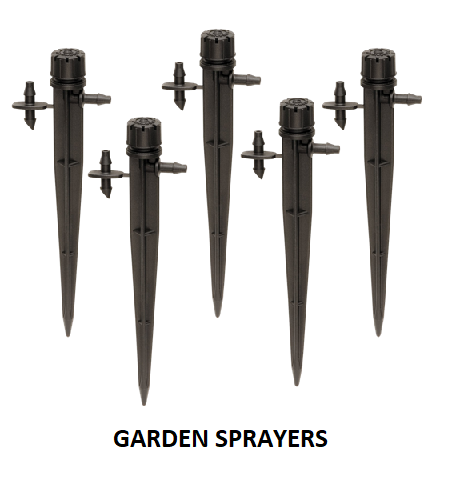

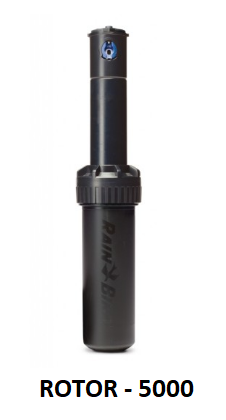

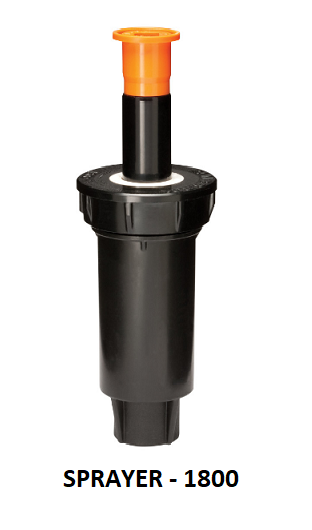

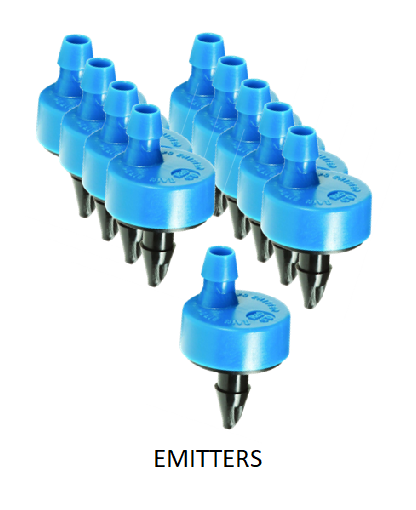

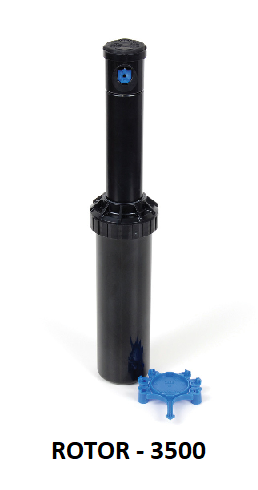
Comments